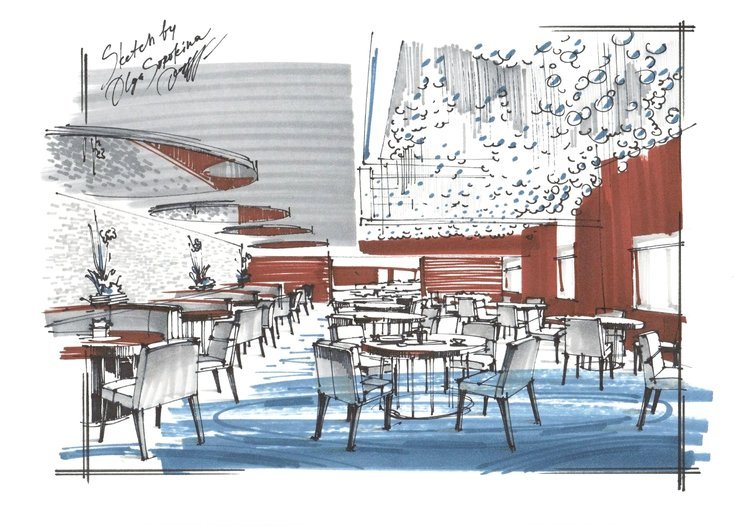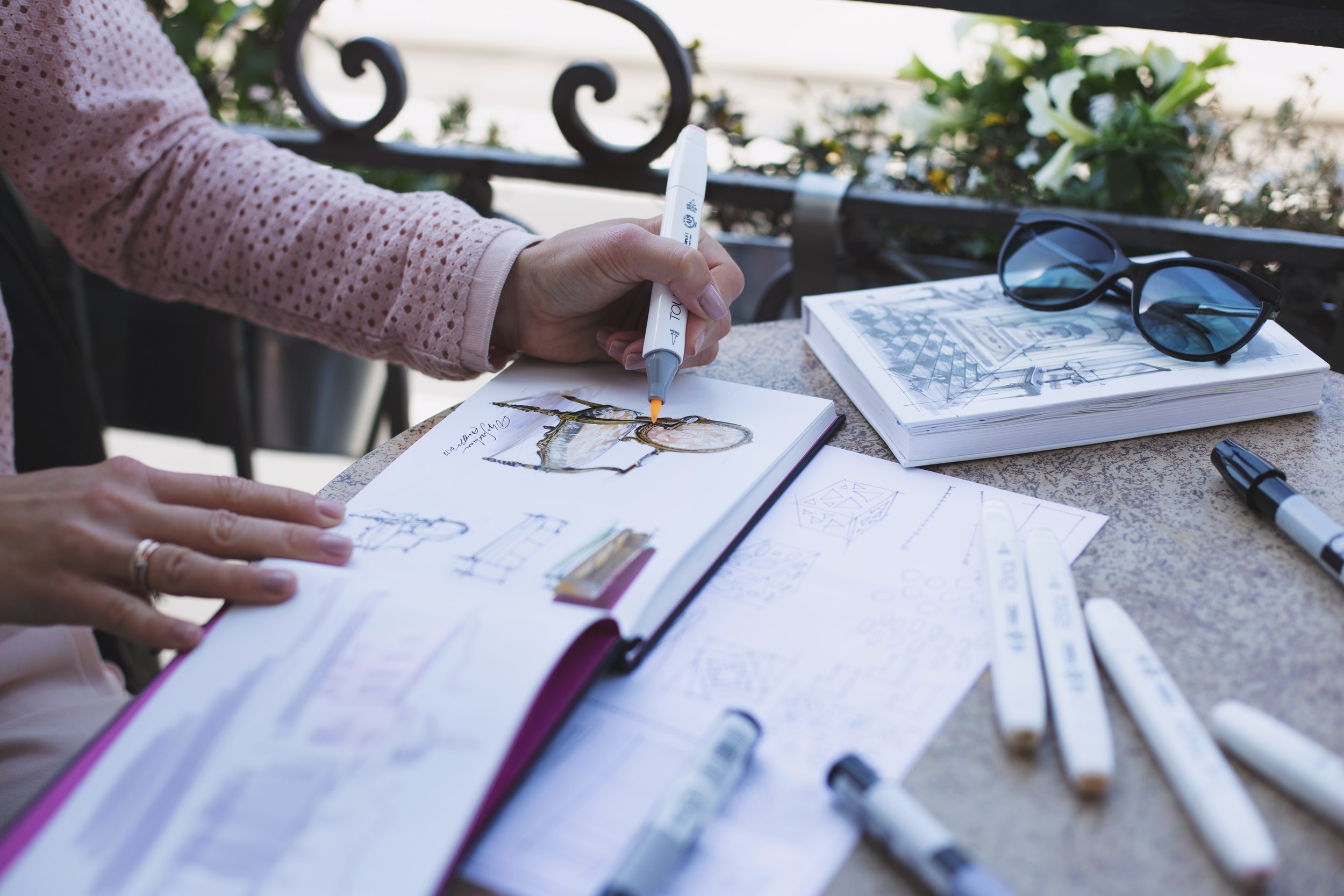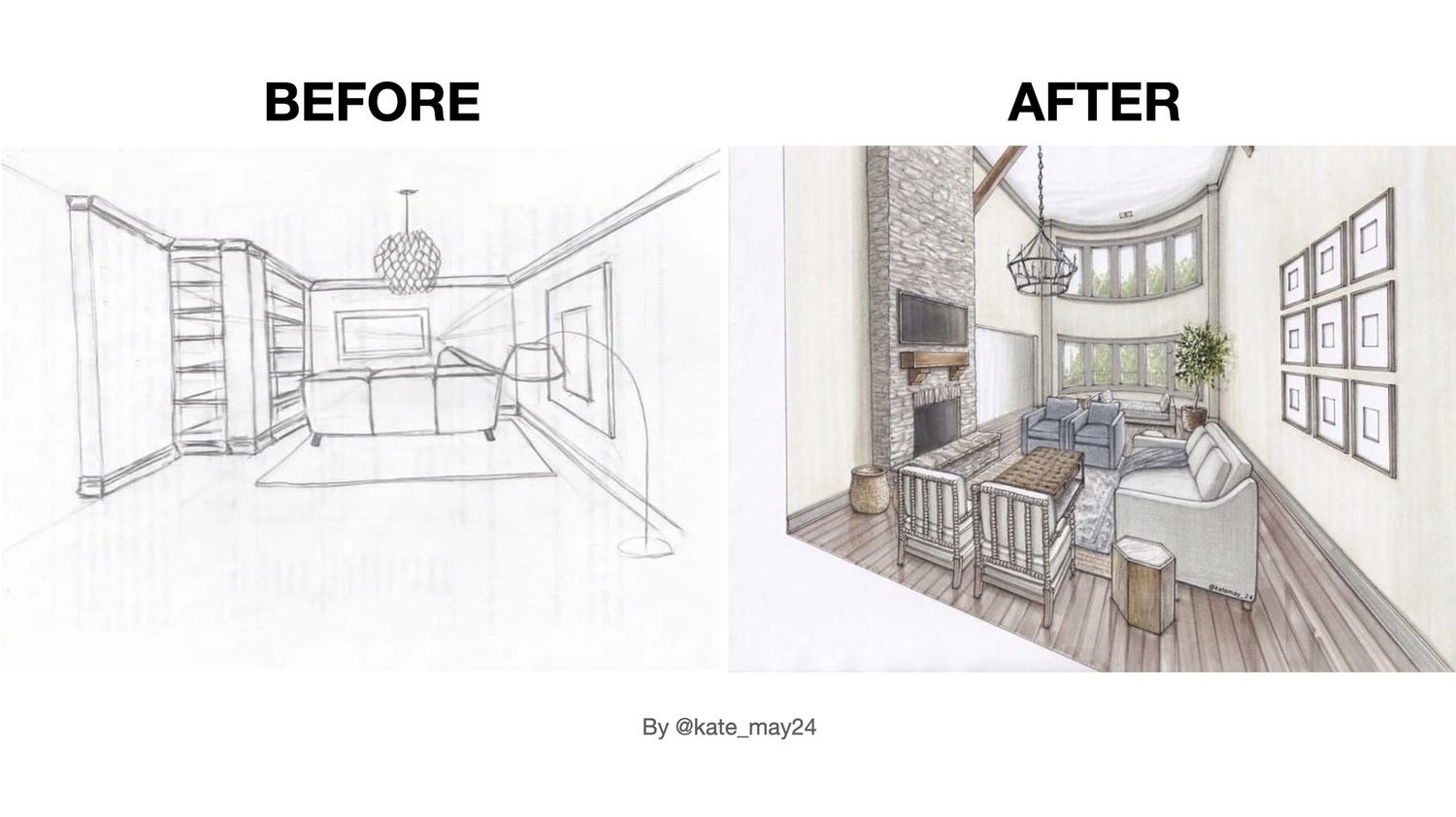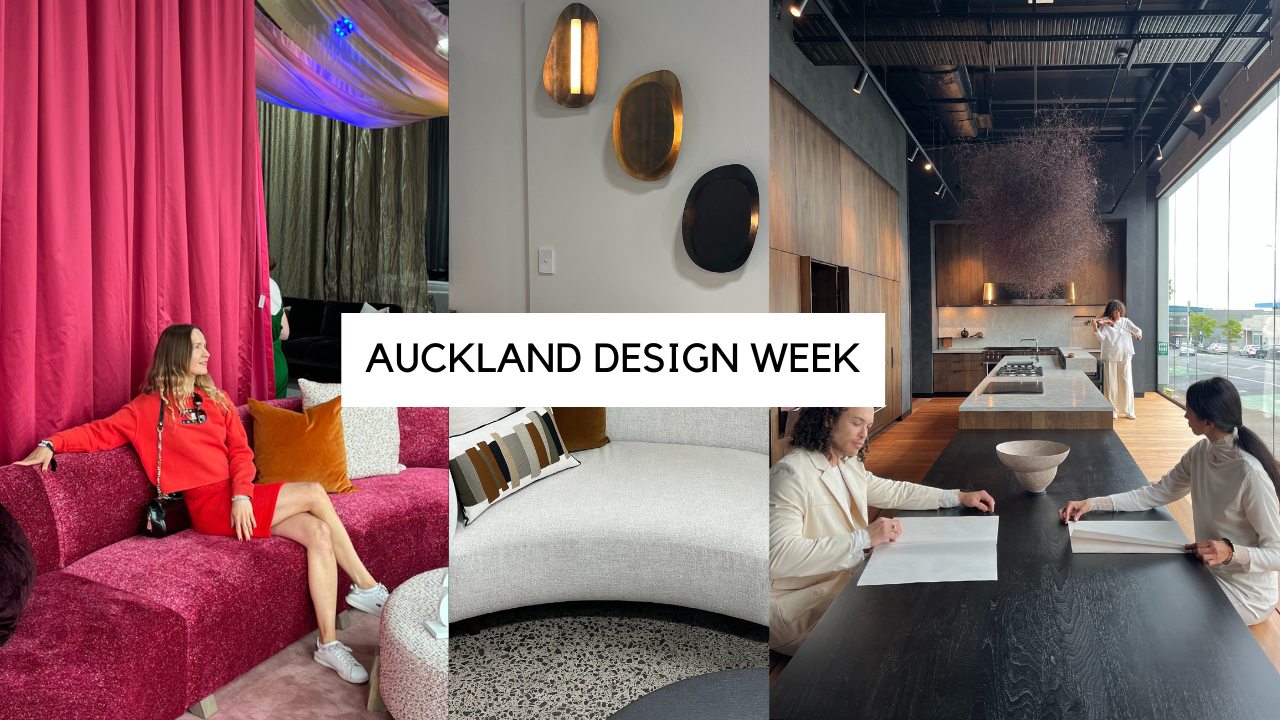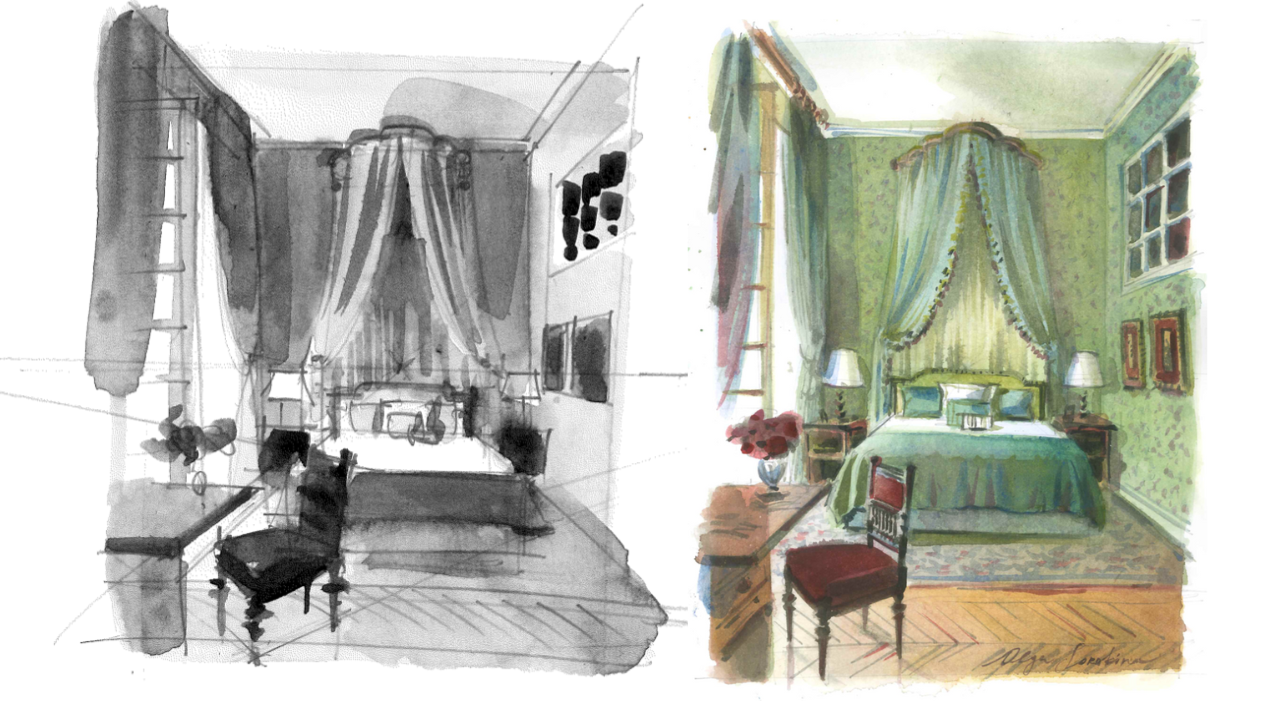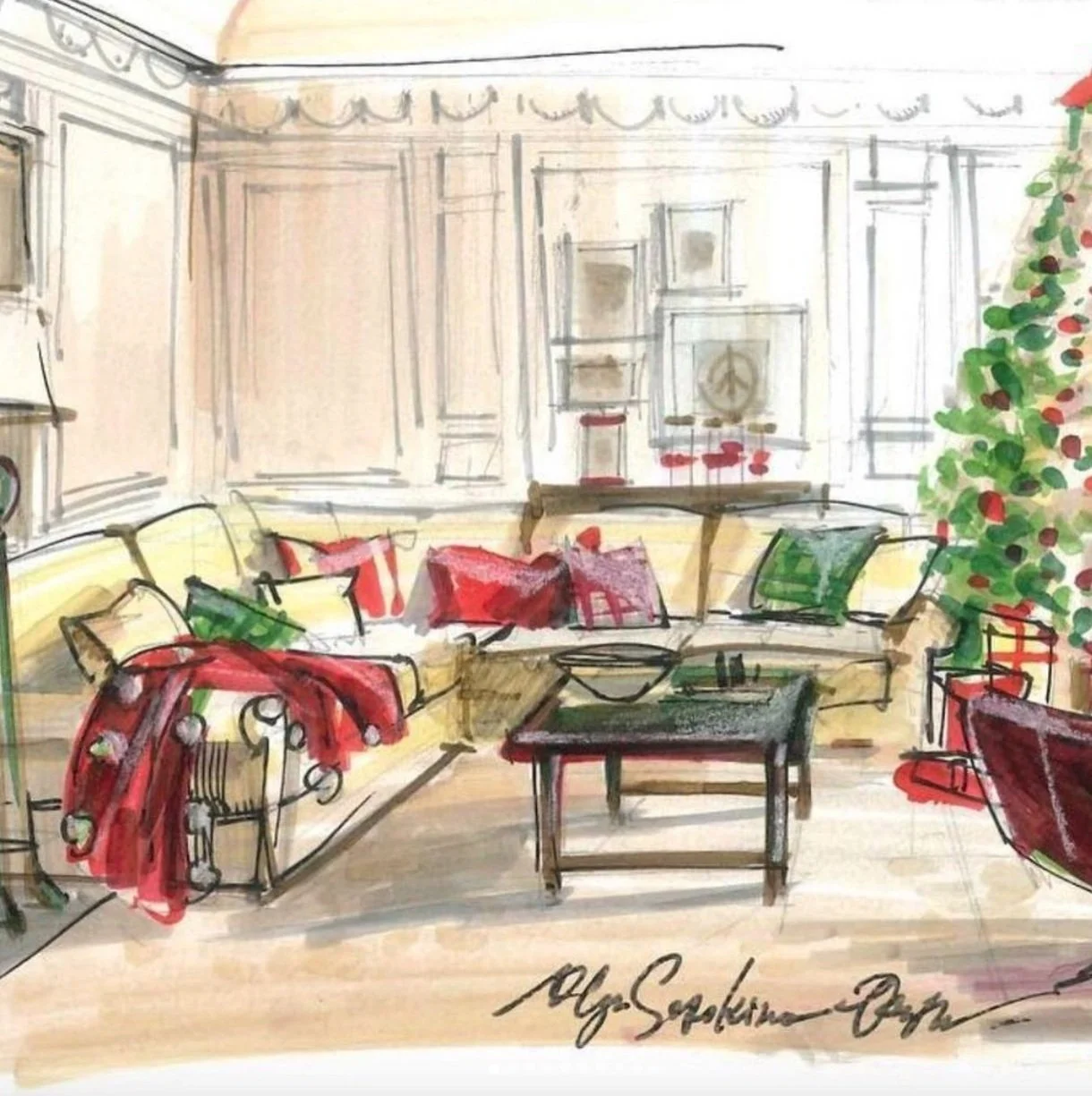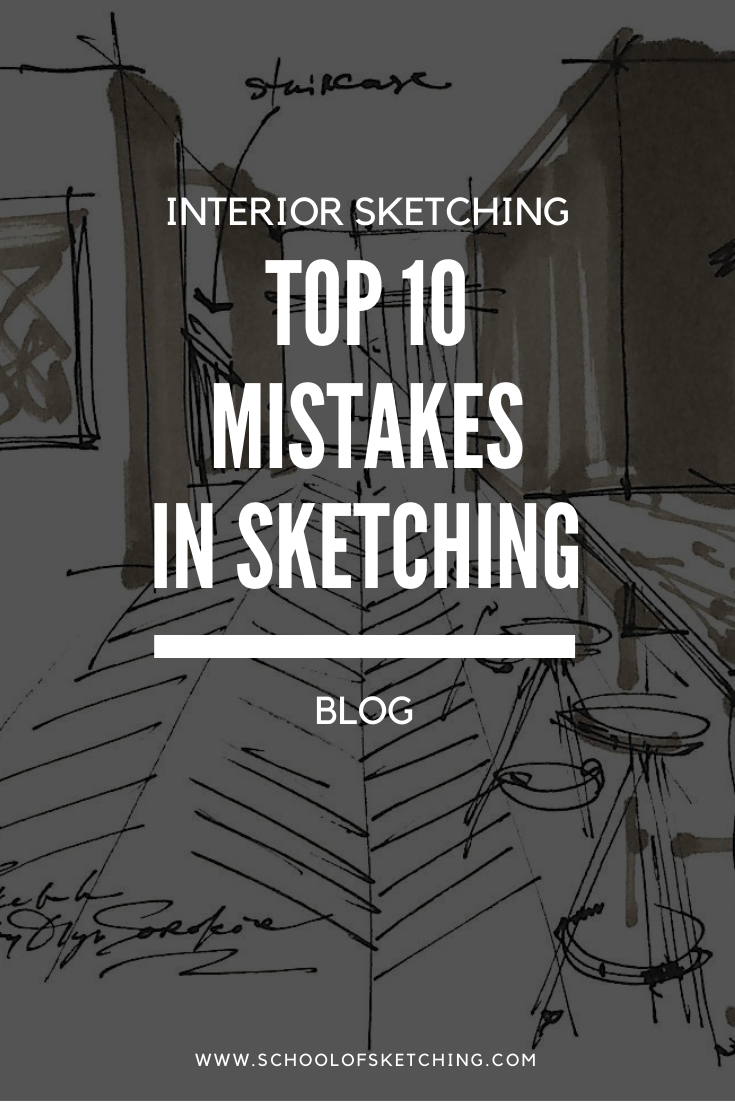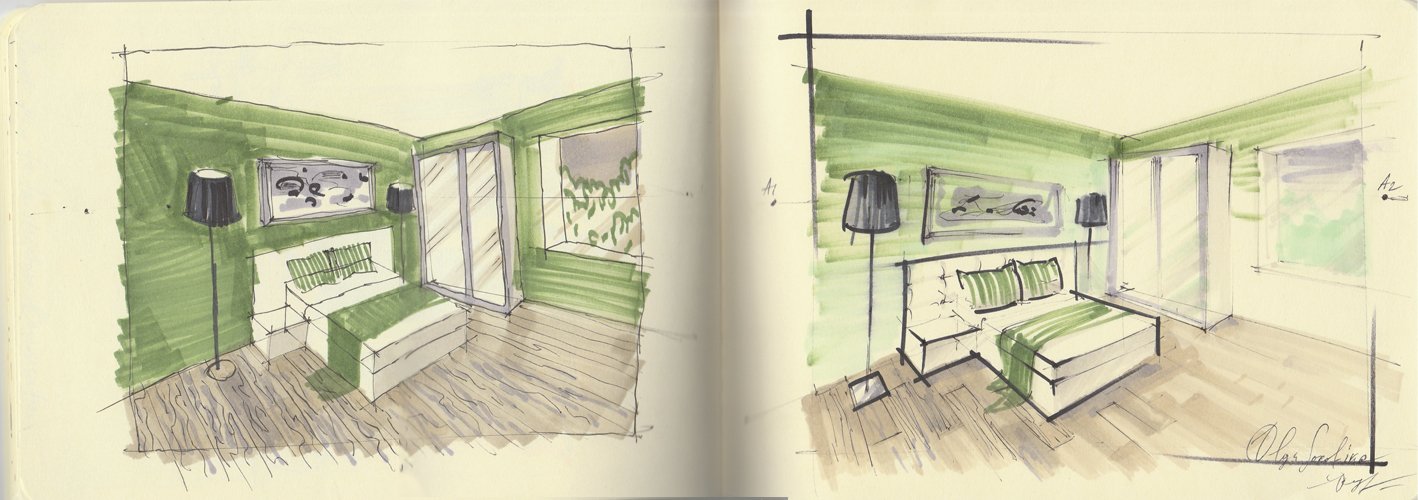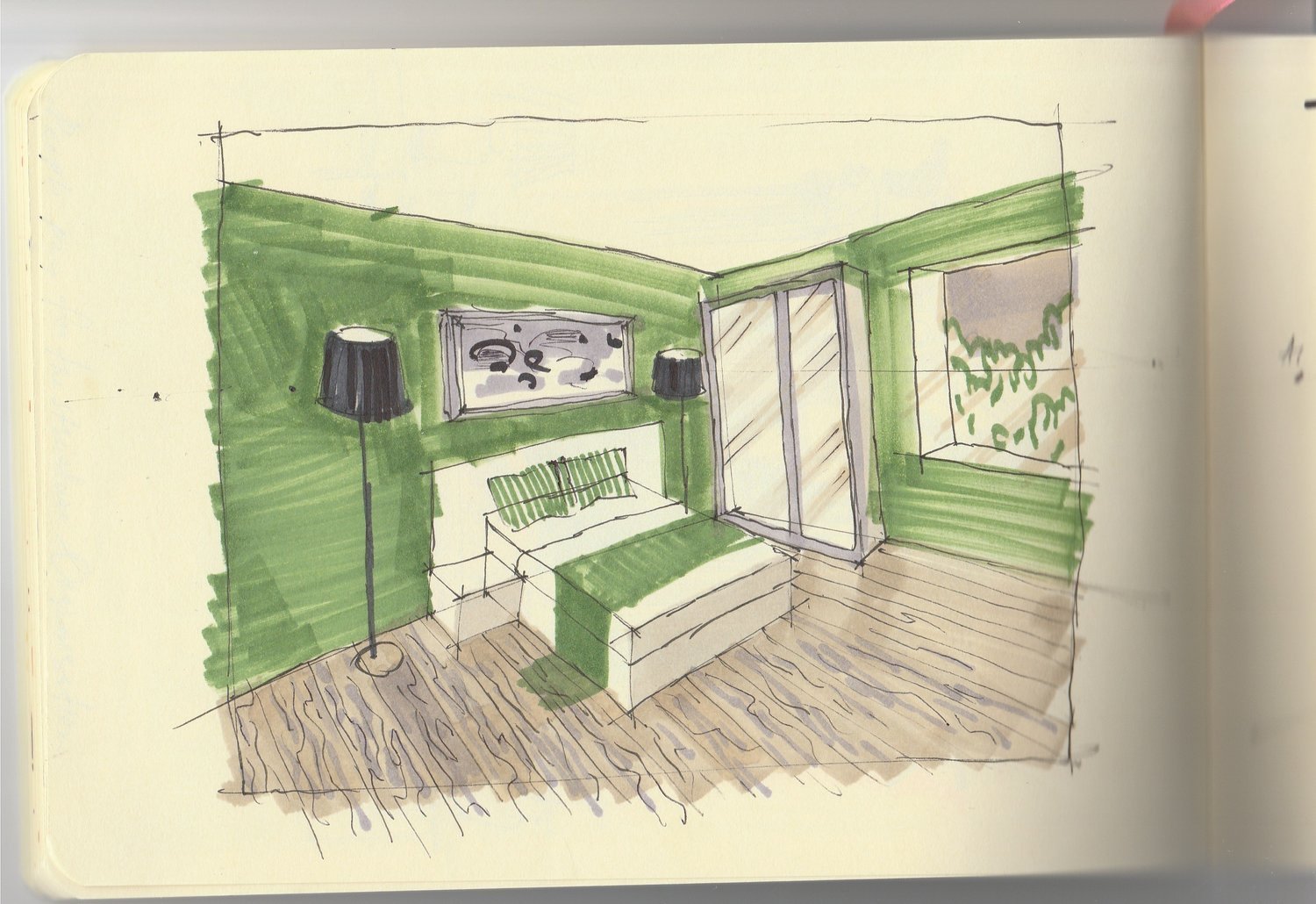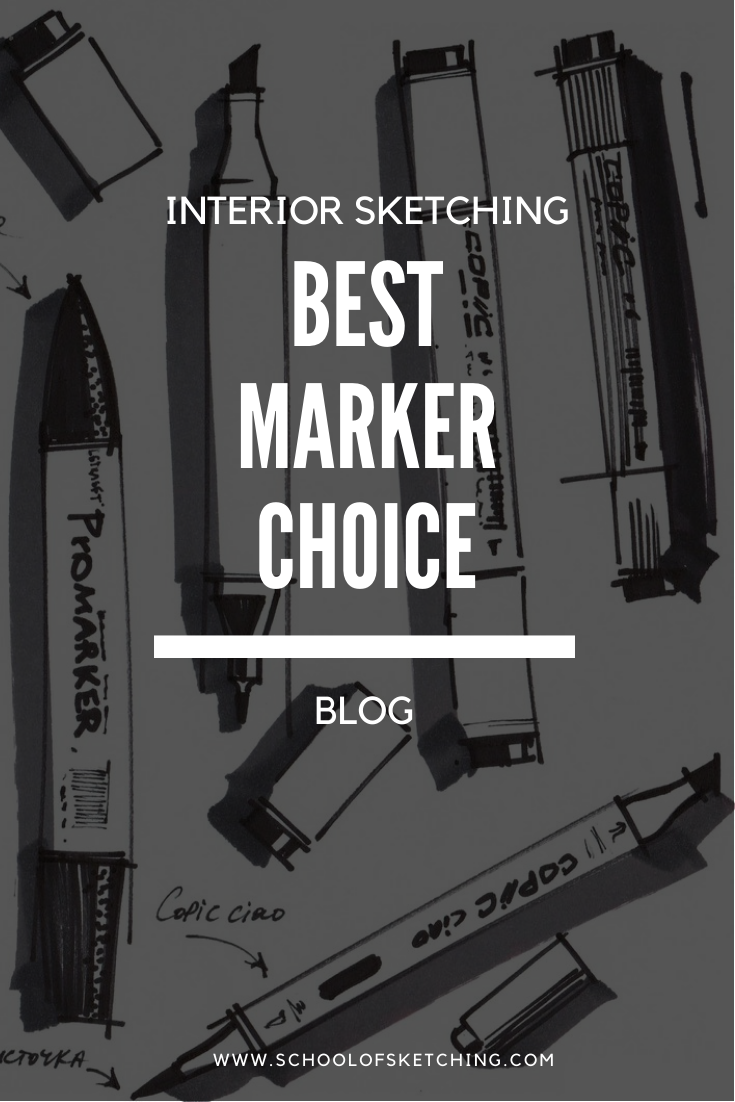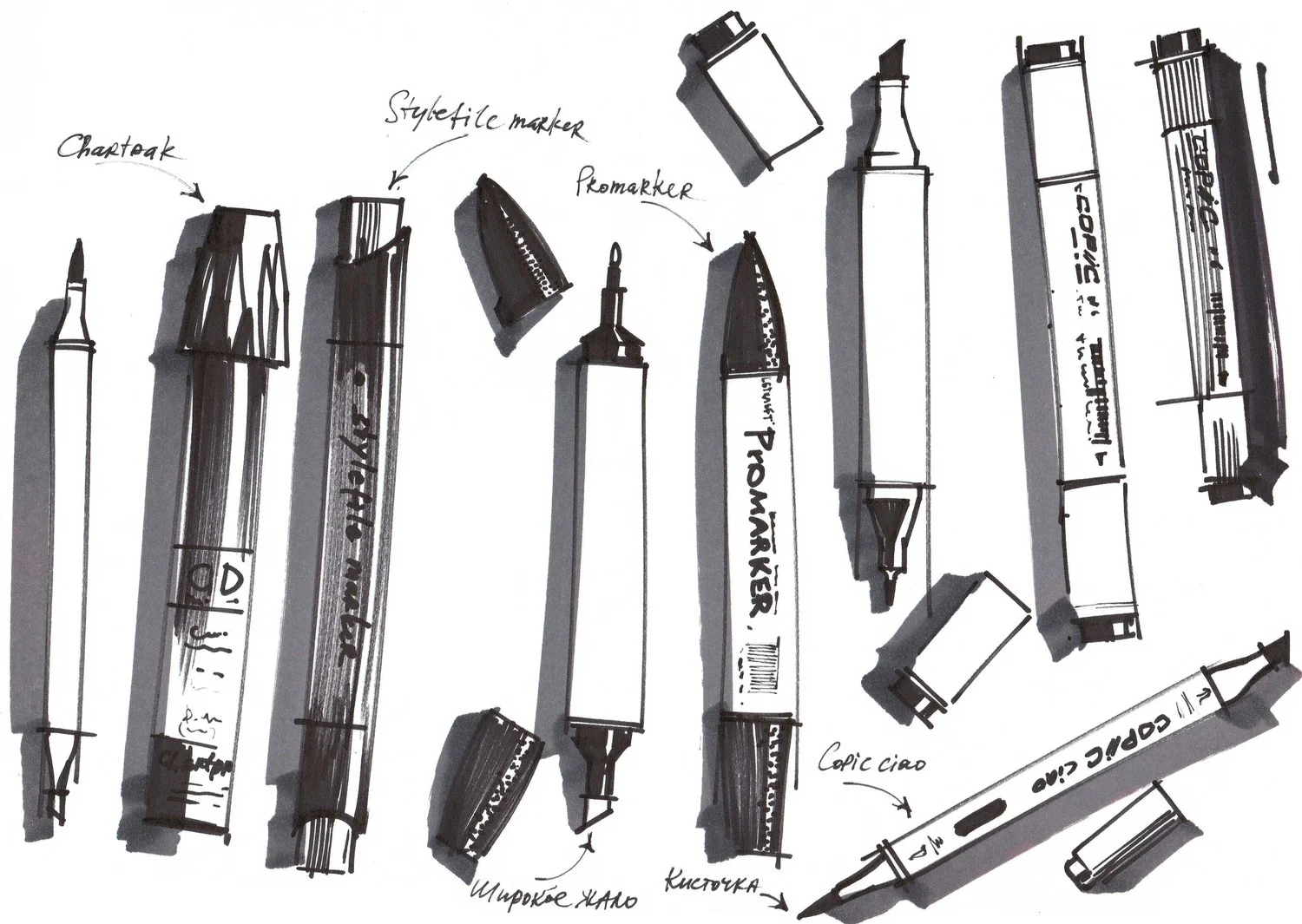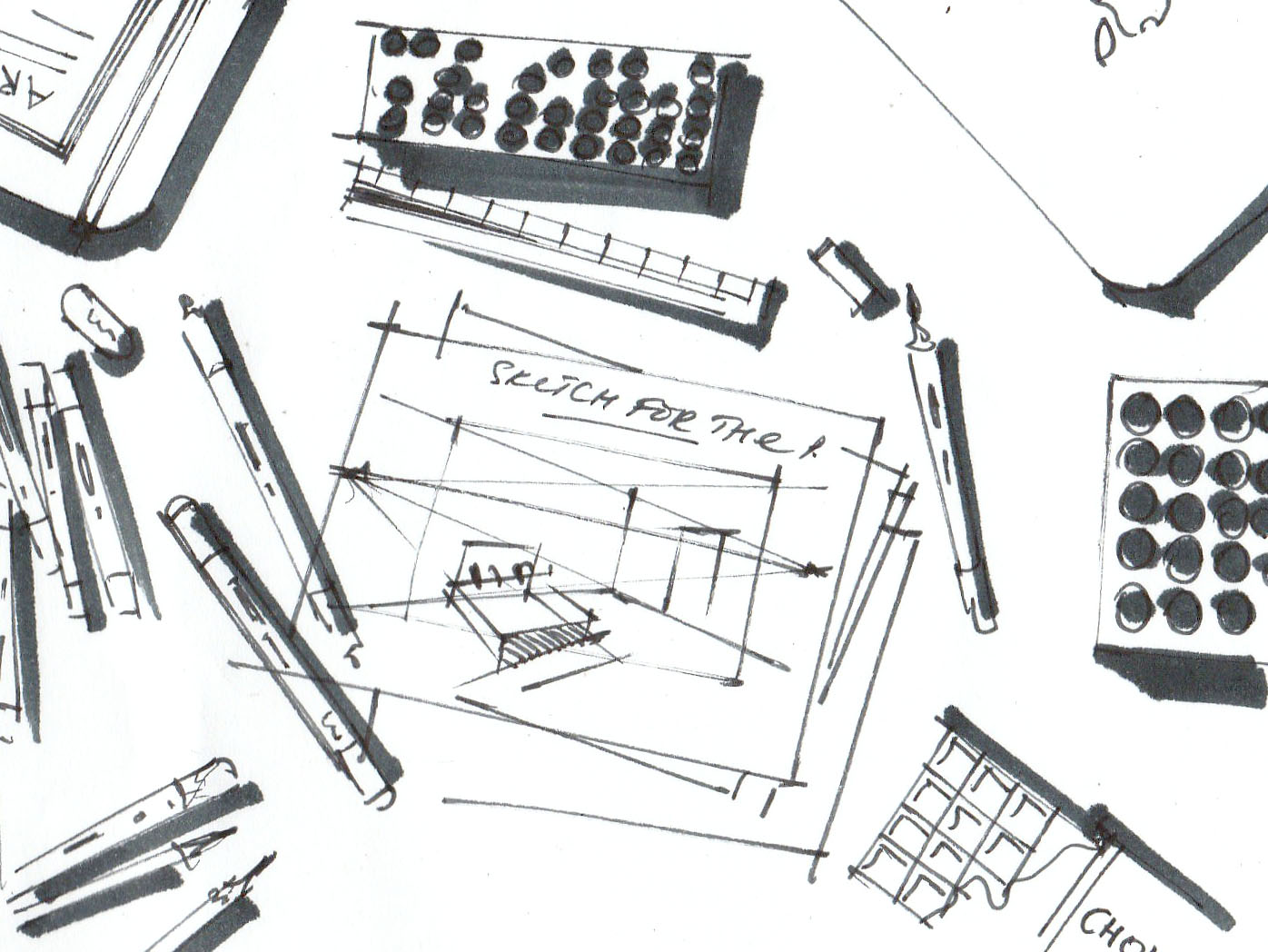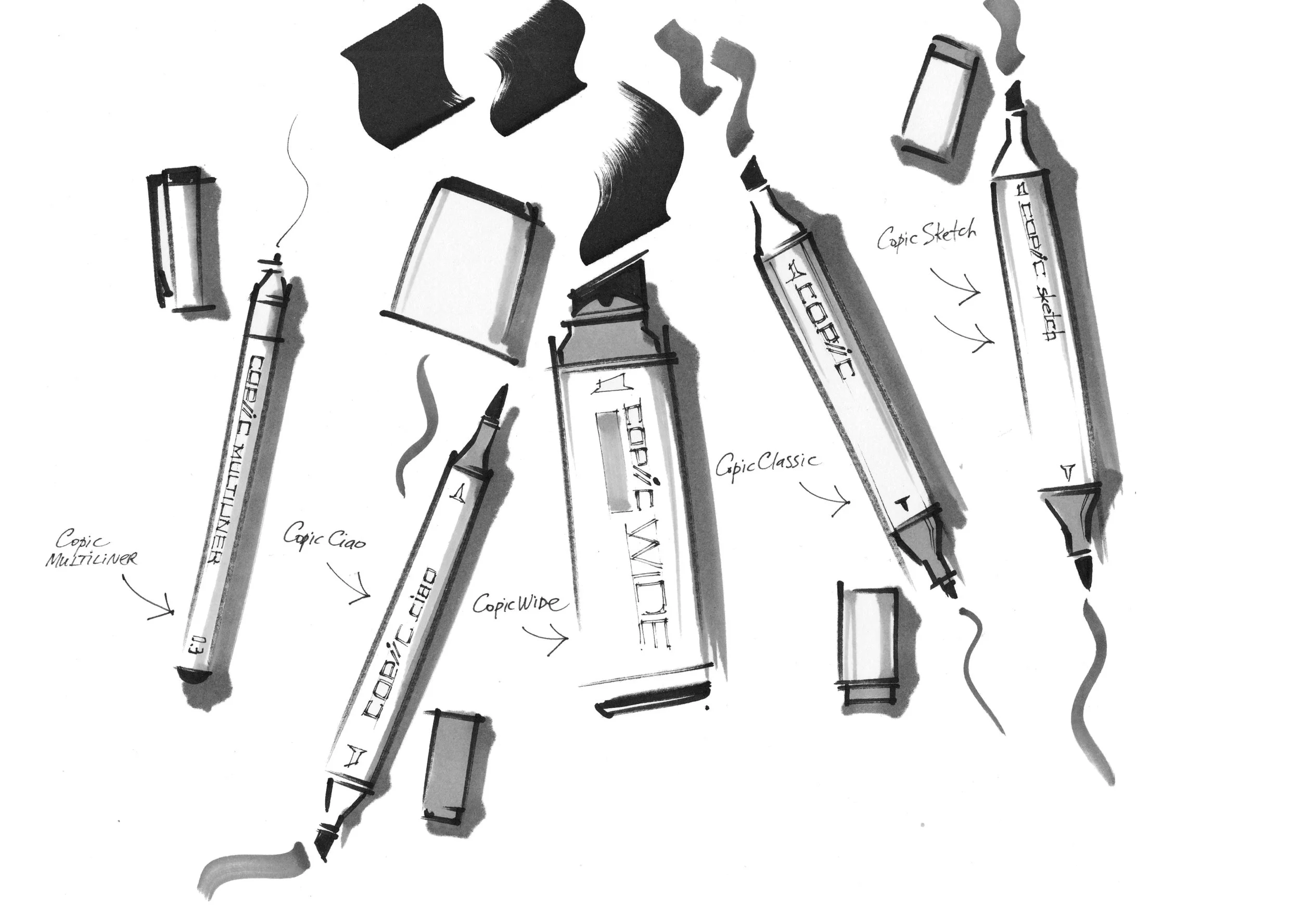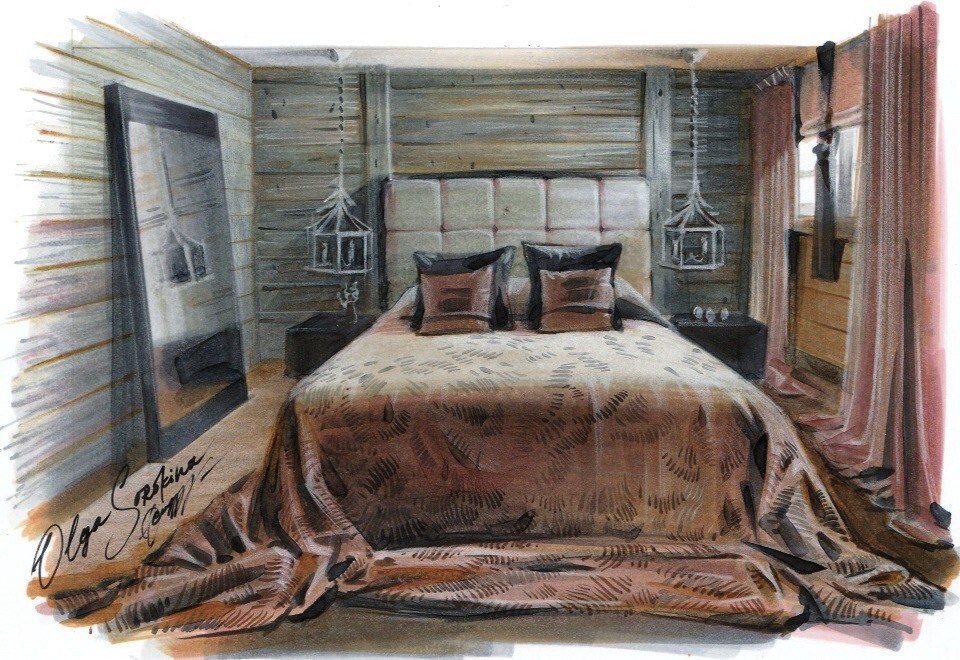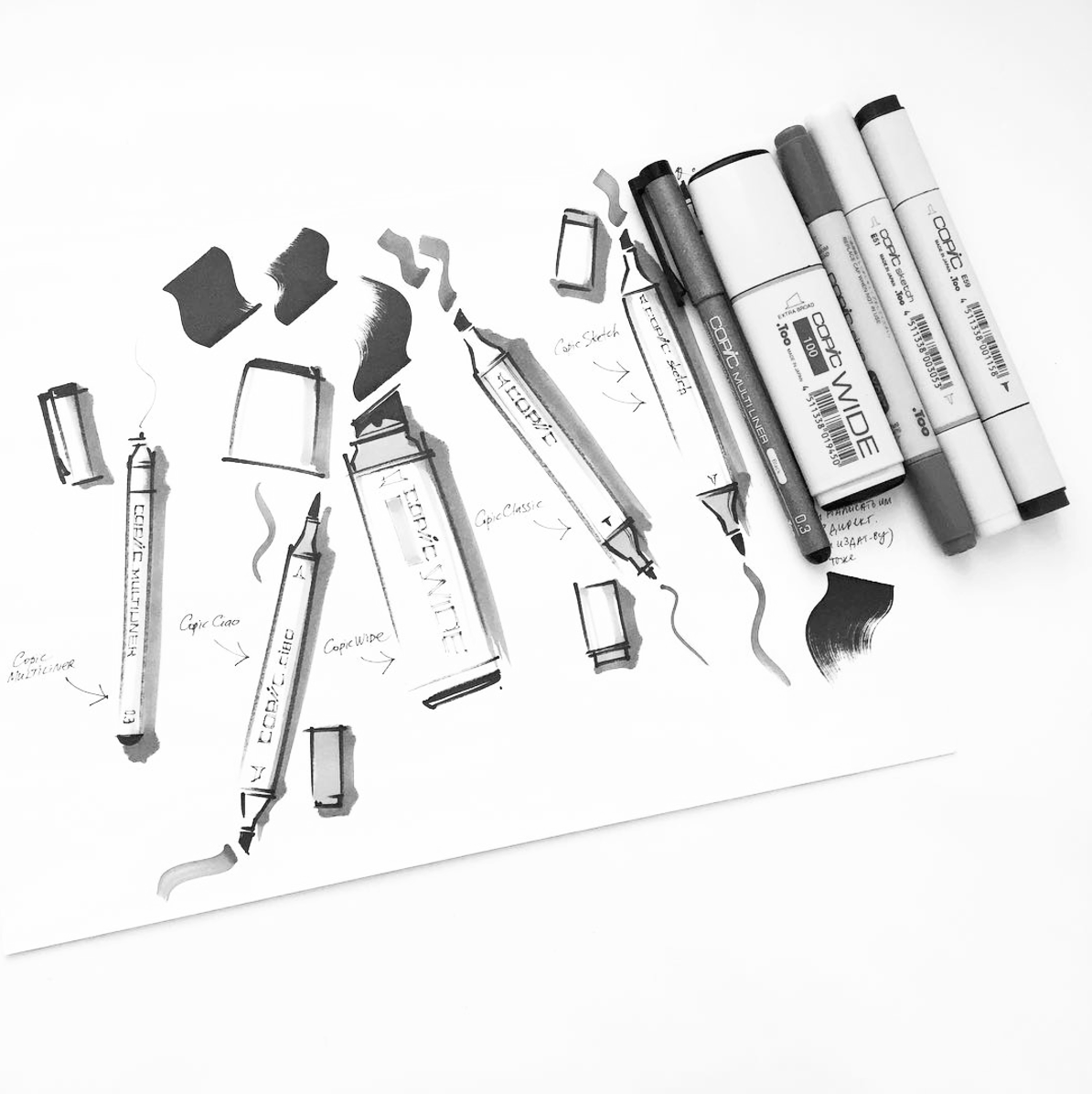This article will help you realize and select what exact materials you will need to start sketching, which brands of markers would be the best choice for you, I will share what I use in my sketching routine, you will get direct links here to my absolute favourites. You can use this list as a guide while shopping on the Internet. Also, you will learn which marker brands can be potentially damaging to your health.
Please note, links I provided here are affiliate; if you buy, I make a commission (at no extra cost for you!). As an Amazon Associate I earn from qualifying purchases.
Here I will recommend a variety of brands to choose from, but If I were to pick my absolute favourite marker brands, it would be Copic and Touch. They both have a vast array not only of colors but also of marker tips. In Copic, for example, these include ‘Classic’ markers, ‘Extra Wide’ ones, the thin ‘Ciao’ markers, and remarkable ‘Sketch’ (the last two have brush points). Copics are more pricy; Touch markers are more affordable. Here I also share Stylefile and Chartpak brands, which are quality and quite affordable.
I don’t recommend you use Touchfive, Touchnew, and Vista Artista markers since their quality not as good as their price (yes, they are cheap), not to mention that they can be damaging for your health, especially for the lungs. My students and I tried these markers, and unfortunately, we didn’t enjoy drawing with them.
Professional markers usually have two nibs: a wide one (chisel, wedge-shaped) on the one side and a thin one on the other (fine liner tip), or it can be a brush nib with the thin one.
Side note: I’m a big fan of brush nibs; they are my absolute favourites.
Some markers are refillable (like Copic, for instance); some are not (like Promarker or Stylefile, for example).
YOU CAN DOWNLOAD MY PDF "MATERIALS FOR INTERIOR SKETCHING".
ENTER YOUR NAME AND EMAIL HERE:
Gray marker sets:
Grays go first. I purchase grays more often than any other colour. Why? Grays are the most important in interior drawing since they create tone and value, background and shadows in your sketch. A set of grays might be your first purchase when you get serious about interior sketching.
1. COPIC 5 grays at least are essential, but «the more grays – the better».
Take a look at this 5 Sketching Grays Copic Sketch Set of Markers (5 markers + multiliner). Refillable markers and replaceable nibs:
2. COPIC 12 grays is my favourite set of grays; it’s great if you’re serious about interior sketching or consider to draw sketch commissions in future, then check this Copic Classic set:
3. TOUCH 6 grays. It is an excellent alternative to Copic, Touch markers are really good, plus they are cheaper than famous Copic:
4. TOUCH 12 grays. Here is a nice set of warm grays, ShinHan Touch Twin Brush Marker Set 12WG Warm Grey:
5. STYLEFILE 12 grays. Stylefiles are also perfect quality markers for interior sketching. Double-ended with fine and broad nibs, but they are not refillable as Copic, for example. Look at this Brush Marker-Neutral Grey Set:
6. STYLEFILE 12 grays. The same set but with wedge and fineliner tip, if you prefer wedge nibs instead of brush ones:
7. CHARTPAK Gray Set. There are 22 greys+3 blacks. They are not refillable, one-nibbed, but excellent quality. Chartpak is markedly different from the markers mentioned above. These markers have one very wide tip, that is highly convenient for interior sketching. The only disadvantage is that these markers have a rather strong smell of solvent. This 25 colours set contains 22 grays (warm, cool and neutral), plus three blacks:
8. LETRASET/ WINSOR & NEWTON I like 6 Neutral Tones Set from Letraset (as I mentioned, grays are the most usable markers in interior sketching). These markers are not refillable. Recently Letraset ProMarker brand was renamed to Winsor & Newton ProMarker, but the marker quality stays the same:
Coloured marker sets:
When purchasing colored markers, focus on earthy, wooden tones. Yes, you will need some basic bright colors like red, yellow, green, etc., but you will not need five reds or seven violets, which are usually included in marker sets for manga drawing, for example. Our aim is an interior design and architectural drawing.
Here are some sets where grey colors are already provided, so you can purchase any of them and have it all: grays and colored markers all in one. Or maybe you prefer to buy gray and color sets separately. Here is the list of my favorites:
1. CHARTPAK Architecture Set, (25 colours):
2. TOUCH Twin Brush Marker Set B (48 colours). NB: Grays are included here!
3. TOUCH If you want more bright colours check Touch Twin markers (60 colours) with fine tip nib on one end and a medium-wide chisel nib on the other:
4. COPIC ciao Set B. It was my very first Copic marker set. I remember at the time how pricy it was for me but at the same time how happy I was when I got it! This set was an excellent investment for my business. Copic Ciao is more affordable in comparison with Copic Classic or Copic Sketch.
5. COPIC INK REFILLS They are available in all 358 colours of Copic palette, but I need only my top-frequently-used Copic colours such as grays, for example, this one:
6. STYLEFILE markers (24 colours, grays are included here). If you are looking for your first and relatively affordable set, I would have started with them:
7. STYLEFILE markers (24 colours), these are double-ended but with brush tip:
Side note: you can purchase markers one at a time to get familiar with a new brand, for instance, with Letraset:
P.S. Please share this blog article with your friends, thank you in advance.
© Olga Sorokina
